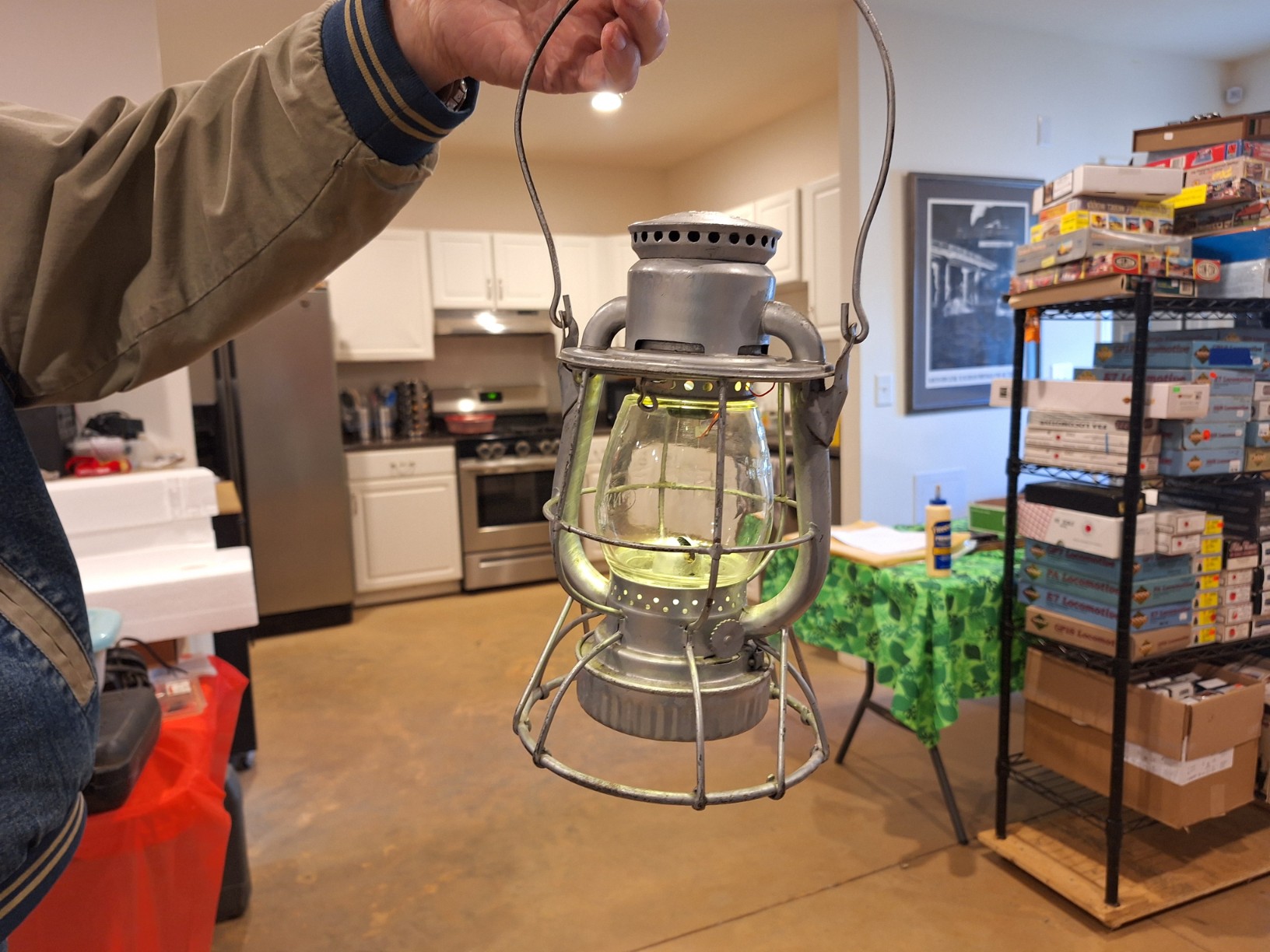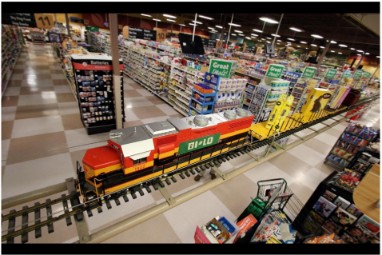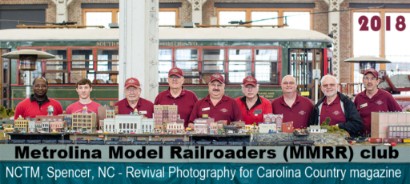Hello Wassim,
Thanks for your question. We at Metrolina Model Railroader can definitely help you. The easiest way to do so would be for us to have a conversation so that we can determine WHERE in your layout building experience level you are and what sort of nifty DCC features you wish to put into your layout. Additionally, if you are not currently part of a model railroad train club, I certainly encourage you to consider our club as one that you can join and learn more about model railroading as time continues.
There is absolutely great news for you, though. YOU ARE ALREADY DONE! You have already made a basic DCC layout. You mentioned that you made a DC layout that you like. As long as that layout works good electrically as far as DC track power goes, then you are ALREADY DONE! You can turn that layout into a DCC layout in a couple minutes. All you have to do, is remove the leads from your current DC layout at the point where they meet the transformer. Buy your desired DCC command station (and throttle), connect the leads from your layout to Track Power and Viola — You’re DONE! You now have a working DCC layout!
If you electrified your turnouts, then they are currently controlled via the Accessories AC output on your DC transformer. Those would continue to be controlled by that DC transformer. If you wish to control those accessories via throttle commands with your DCC command station, then that is one of the nifty features that can be added to enhance your DCC layout. Stationary decoders would need to be installed and the power source to power the turnouts may need to be changed, depending on the manufacturer of the turnouts you used.
Note: Even though you will have a DCC layout by installing a DCC command station, your current locomotives may or may not work. There are only 2 manufacturers of DCC command stations that have models that allow DC only locomotives to be operated: Bachmann and Digitrax. If you have existing dual mode DCC equipped locomotives, those will work great with any DCC command station you install.
Of course, there are lot of other aspects and features that DCC concepts can add to your model railroading. As first mentioned, it would be best to have a conversation with you to get a sense of WHERE you are in your layout building experience, get an overview of the layout that you have already created, and determine if you wish to simply CONVERT your existing layout to DCC or start from scratch and build a new layout designed specifically to exploit DCC concepts.
The evolution of DCC is also available. It is called LCC and stands for Layout Command Control. The NMRA (National Model Railroaders Association) has created standards for LCC and DCC as well. Although neither system was created by the NMRA, the NMRA has adopted, approved, and even added to some of the standards for both of the systems. DCC (or Digital Command Control) was developed under contract by Lenz Elektronik GmbH of Germany in the 1980s for two German model railway manufacturers, Märklin and Arnold. You can read the Wikipedia article here. Our club, Metrolina Model Railroaders, is a 100% NMRA member organization which means that all of our members must be NMRA members also. By joining our club, if you are not currently an NMRA member, you will be made one at that time. NMRA has tons of resources and information on how to build standardized layouts using DC, DCC, & LCC concepts. The Wikipedia article references the NMRA DCC standards. The concept of Layout Command Control (LCC) for model trains was developed by a group of independent volunteers called OpenLCB.
I like this article by Train Control Systems which quickly overviews what DCC, LCC and the NMRA are. A special note: RR-CirKits is a company owned by Mr. Bronson, a friend of MMRR, and is based in Waxhaw, NC. Mr. Bronson is occasionally at venues that our members attend, and I am pretty sure he is a contributing member of OpenLCB. Mr. Bronson is in the senior years of his life. Joining our club might provide you an opportunity to meet and communicate with Mr. Bronson in person before the end of this year. There are members most likely meeting him today at the annual Amherst Model Railroad Hobby Show in Massachusetts. Again, depending on how much you wish to know about DCC and LCC, meeting Mr. Bronson would be getting the information DIRECTLY FROM PART OF THE SOURCE, and well worth our membership dues and any other fees to attend an event where Mr. Bronson is present.
I personally have an introductory knowledge of LCC and read through a lot of the specifications back in 2016 when I discovered DCC. I chose to immediately convert a layout that I was in the process of making to DCC and then make another layout that can almost instantly switch between being operated by a DC transformer, or 1 of 2 different DCC systems made by either Digitrax or MRC. If you are seriously wanting to propel your knowledge of model railroad electrical control systems, you might consider doing as I did, which is reading both the standards for DCC and LCC in that order on the NMRA’s website and via other resources and making a determination as to which way you would like to go.
There are cost considerations related to using DCC & LCC that go beyond the average costs of having a DC layout. The most economical command station costs more than the premium level DC transformers. For best use and longevity of your powered fleet of motorized rolling stock, they should be DCC decoder equipped. DCC equipped trains are more expensive than DC only trains. Upgrading your existing fleet of motorized DC rolling stock is advisable and can be costly, as some of the items may require modifications to be converted to DCC. Depending on the age of your motorized rolling stock, you might even have some items that would not be cost effective to convert as you might find replacing them with newer models less expensive than the upgrade cost.
I’m sure that something in this information can assist you, especially since you have already created and have a layout that can easily be converted into DCC in a matter of minutes.
I am sharing your email and this one with our club members. There are a lot of members with additional knowledge and experience building and working on DCC layouts and features for them. They may add to this. If you have some additional questions, please ask by REPLYING to ALL when you do, and I am confident that someone will be able to point you in the right direction or answer your question completely.
Happy model railroading in the World’s Greatest Hobby!
Sincerely,
Henry, WebMaster
Metrolina Model Railroaders

















































